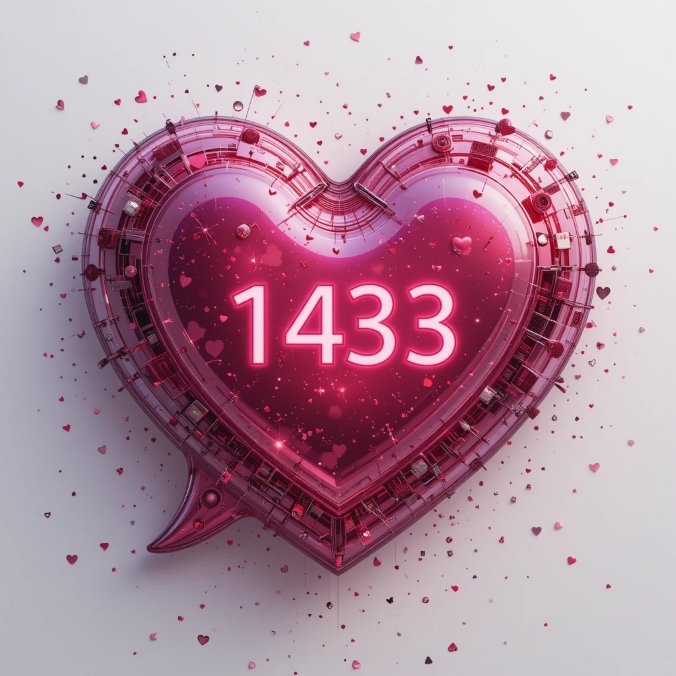143 Meaning: What Does It Stand For?
Introduction
The number “143” is commonly used as a shorthand way to say “I love you.” This numerical code is popular in text messages and social media, especially among those who want to express affection in a simple and discreet way.
What Does “143” Mean?
The meaning of “143” comes from the number of letters in each word of the phrase “I love you”:
- 1 letter in “I”
- 4 letters in “Love”
- 3 letters in “You”
This pattern makes 143 a widely recognized way to express love and affection.
143 Meaning in Hindi
In Hindi, “143” can be understood as:
- “मैं तुमसे प्यार करता हूँ” (Main Tumse Pyaar Karta Hoon) – If spoken by a male.
- “मैं तुमसे प्यार करती हूँ” (Main Tumse Pyaar Karti Hoon) – If spoken by a female.
Example of “143” in a Sentence
- “Before saying goodnight, he texted her ‘143’.”
- “She smiled when she saw ‘143’ in his message.”
- “Back in the early 2000s, people used pagers to send ‘143’ as a secret love message.”
How “143” Is Used
- Romantic Messages – Couples use it as a quick way to say “I love you.”
- Friendship & Family – Some use it to express love towards close friends and family members.
- Digital & Pop Culture – Frequently seen in early text messages, chatrooms, and even song lyrics.
“143” in Different Languages
Below is a table showing how “I love you” is expressed in different languages:
| Language | Translation / Equivalent |
|---|---|
| English | I Love You (143) |
| Spanish | Te Amo |
| French | Je T’aime |
| German | Ich Liebe Dich |
| Italian | Ti Amo |
| Portuguese | Eu Te Amo |
| Dutch | Ik Hou Van Jou |
| Russian | Я люблю тебя (Ya lyublyu tebya) |
| Chinese (Mandarin) | 我爱你 (Wǒ ài nǐ) |
| Japanese | 愛してる (Aishiteru) |
| Korean | 사랑해 (Saranghae) |
| Arabic | أحبك (Uhibbuka/Uhibbuki) |
| Hindi | मैं तुमसे प्यार करता/करती हूँ (Main Tumse Pyaar Karta/Karti Hoon) |
| Turkish | Seni Seviyorum |
| Greek | Σ’ αγαπώ (S’ agapó) |
| Polish | Kocham Cię |
| Swedish | Jag Älskar Dig |
| Thai | ฉันรักคุณ (Chǎn Rák Khun) |
| Hebrew | אני אוהב/אוהבת אותך (Ani Ohev/Ohevet Otach) |
| Finnish | Rakastan Sinua |
| Vietnamese | Anh yêu em/Em yêu anh |
| Hungarian | Szeretlek |
| Czech | Miluji Tě |
| Romanian | Te Iubesc |
| Malay | Saya Cinta Kamu |
Wikipedia Reference
For more details, check the Wikipedia page on 143, which explains its origins and cultural significance.
Conclusion
“143” is a simple yet meaningful way to say “I love you” using numbers. It has been widely used in text messaging, chatrooms, and pop culture, making it a classic symbol of affection in digital communication.
